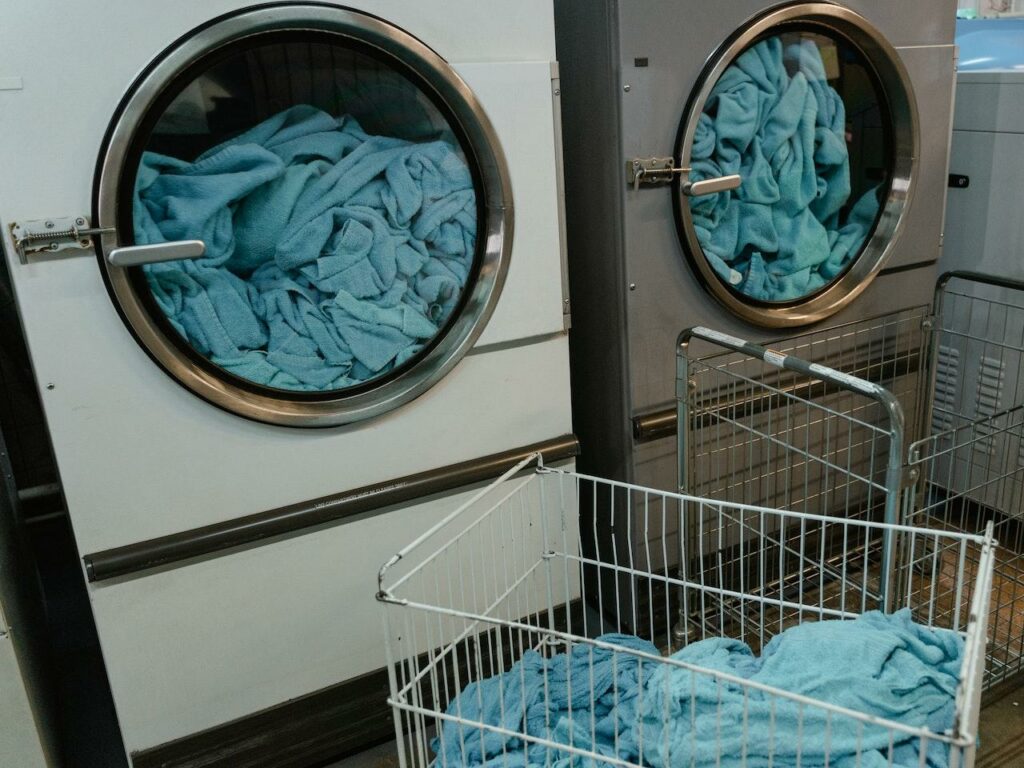- June 16, 2023
- 4 min
How to Choose the Right Dryer Vent Tubing

When it comes to your dryer, choosing the right vent tubing is essential for efficient and safe operation.
The right tubing will ensure proper airflow and minimize the risk of lint buildup, which can be a fire
hazard.
This article will explore the different types of dryer vent tubing available and guide you in selecting the
best option for your Miami home needs. By making an informed choice, you can ensure optimal
performance and safety for your dryer.
Flexible Foil or Plastic Vent Tubing
Flexible foil or plastic vent tubing is a popular and affordable option for dryer venting. It is lightweight, easy to install, and flexible enough to navigate tight spaces. However, it is important to note that this type of tubing is not as durable as other options and can be susceptible to crushing or sagging over time, which can impede airflow. If you choose this type of tubing, ensure it is properly supported and regularly inspected for any damage.Flexible Aluminum Vent Tubing
Flexible aluminum vent tubing is a more durable and fire-resistant option compared to foil or plastic tubing. It is also flexible and easy to install, making it popular. This type of tubing can withstand high temperatures and maintain its shape, ensuring proper airflow. However, it is important to use clamps or other appropriate connectors to secure the tubing in place to prevent it from sagging or disconnecting.Rigid Metal Vent Tubing
Rigid metal vent tubing, typically made of aluminum or galvanized steel, offers the highest level of durability and fire resistance. It provides a smooth interior surface that reduces lint accumulation, ensuring efficient airflow. Rigid metal tubing is ideal for longer vent runs and areas where the tubing needs to be installed vertically. However, it may require professional installation due to the need for precise measurements and specialized tools.Considerations for Vent Length and Placement
When choosing dryer vent tubing, consider the length of the vent run and the placement of the dryer. Longer vent runs may require larger diameter tubing to maintain proper airflow. Additionally, avoid using too many bends or turns in the venting system as it can restrict airflow and increase the risk of lint buildup. Position the dryer near an exterior wall to minimize the length of the vent run.Conclusion
Choosing the right dryer vent tubing is crucial for maintaining proper airflow, reducing the risk of lint buildup, and ensuring the safety and efficiency of your dryer. Consider factors such as durability, flexibility, fire resistance, and the specific requirements of your installation when making your decision. Whether you opt for flexible foil or plastic tubing, flexible aluminum tubing, or rigid metal tubing, remember to follow the manufacturer's recommendations, regularly inspect and clean the venting system, and prioritize safety in your dryer setup. You can enjoy efficient drying performance and peace of mind by selecting the appropriate vent tubing.
Contact Us
Latest posts

